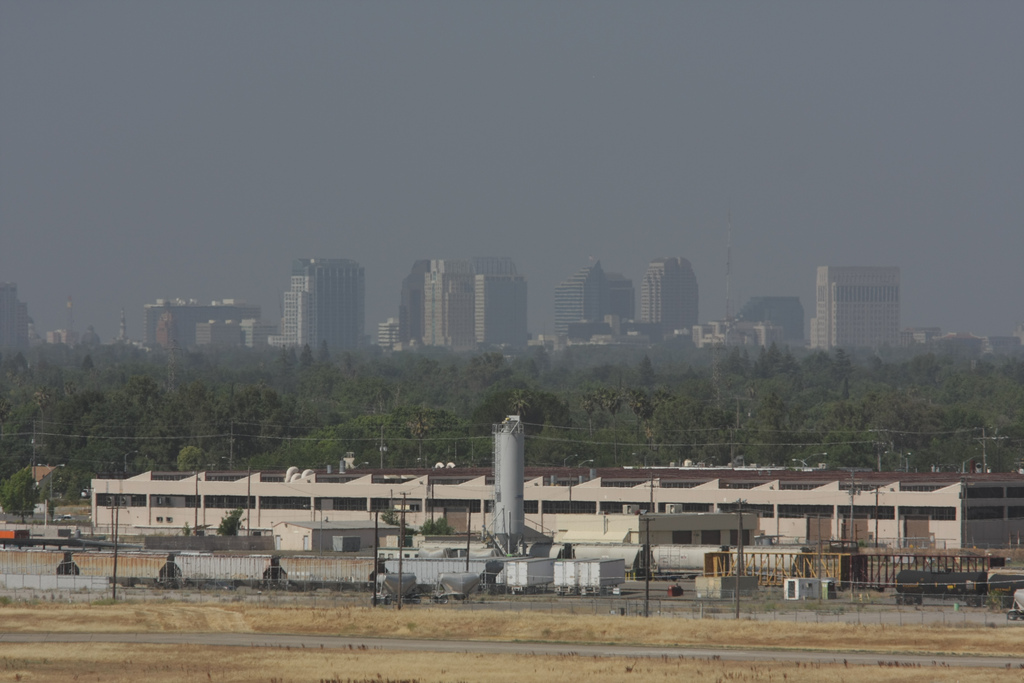The Mixing State of Carbonaceous Aerosol Particles in Northern and Southern California Measured During CARES and CalNex
Submitter:
Zaveri, Rahul — Pacific Northwest National Laboratory
Area of research:
Aerosol Processes
Journal Reference:
Science
Researchers, including DOE scientists working at Pacific Northwest National Laboratory, used two field campaigns to understand the distribution and mixing state of carbonaceous aerosols in California. Research for the Nexus of Air Quality and Climate Change (CalNex) campaign sampled aerosols over southern California to understand the role of particle composition on air quality and climate change.
Impact
A large area of northern California was characterized during the Carbonaceous Aerosols and Radiative Effects Study (CARES) to follow the evolution of organics and soot as urban emissions were transported from Sacramento into the Sierra Nevada foothills. These two aircraft studies, conducted consecutively in May and June 2010, assessed the particle mixing state throughout most of California.
Even though atmospheric particle composition in both regions was influenced by urban sources, the mixing state was found to vary greatly. Nitrate and soot were the dominant species found in southern California while sulfate and organics were more prevalent in northern California. Furthermore, the mixing state varied temporally in northern California, with soot mixed with organics becoming the prevalent particle type toward the end of the study as regional pollution levels increased. Most submicron particles (~97 percent) in California contained carbonaceous material, and nearly 88 percent of all particles sampled showed signs of atmospheric aging.
Summary
The results from these studies demonstrate that the majority of ambient carbonaceous particles in California are internally mixed and are heavily influenced by the secondary species that are most prevalent in the particular region. Based on these findings, considerations of regionally dominant sources and secondary species as well as temporal variations of aerosol physical and optical properties will be required to obtain more accurate predictions of aerosol climate impacts in California and elsewhere.


